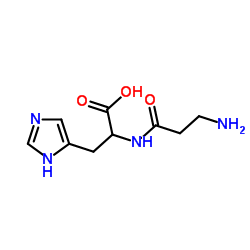| Structure | Name/CAS No. | Articles |
|---|---|---|
 |
Prazosin hydrochloride
CAS:19237-84-4 |
|
 |
Phosphoglycerate kinase
CAS:9001-83-6 |
|
 |
Terazosin
CAS:63590-64-7 |